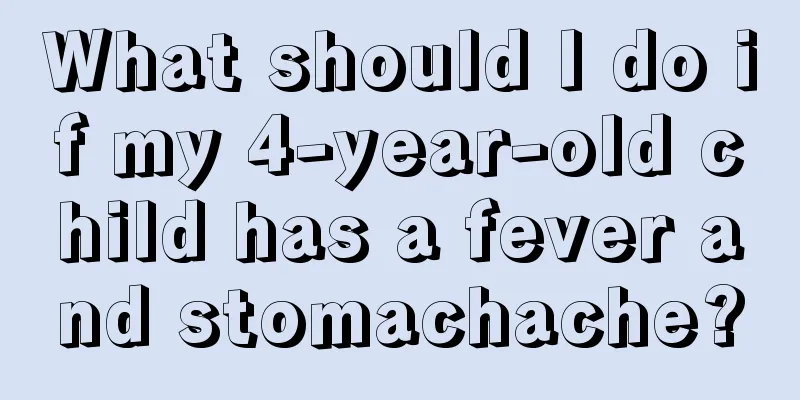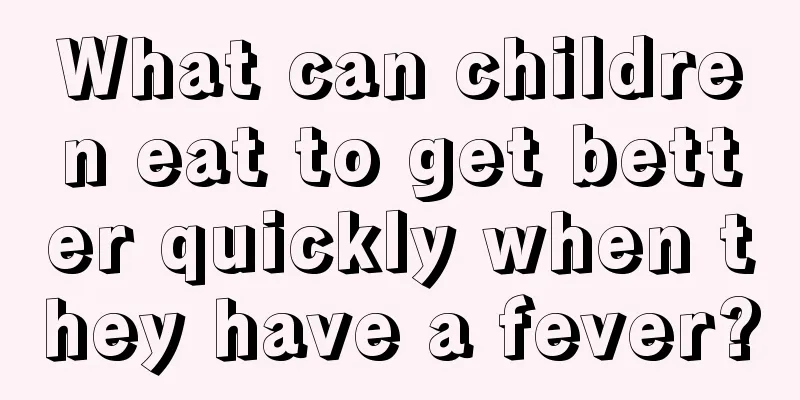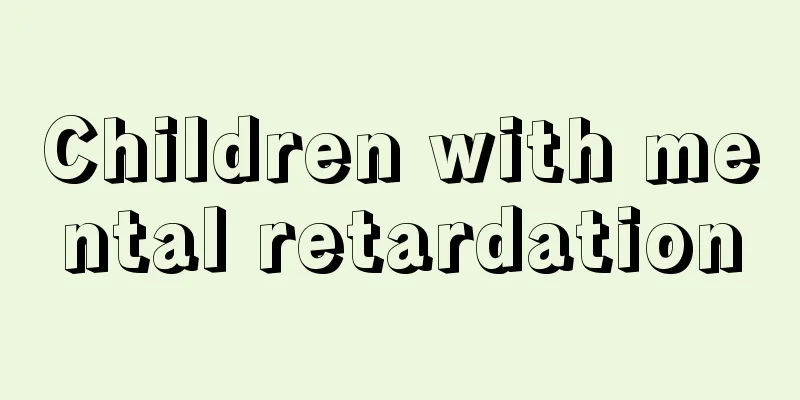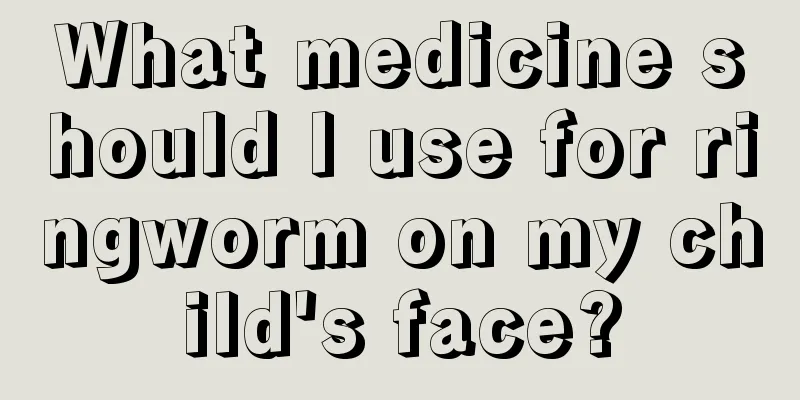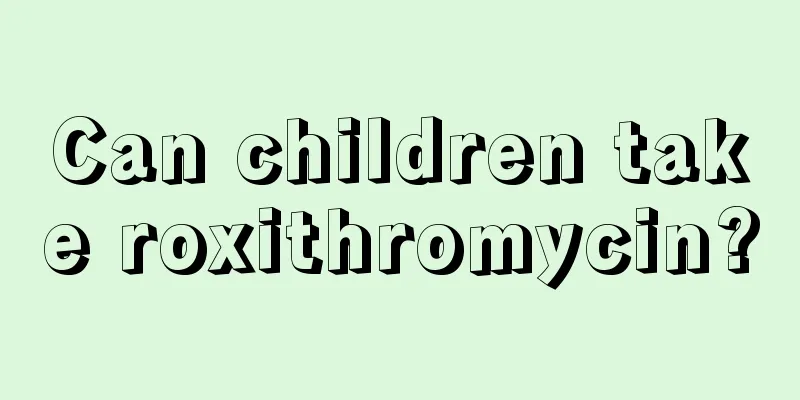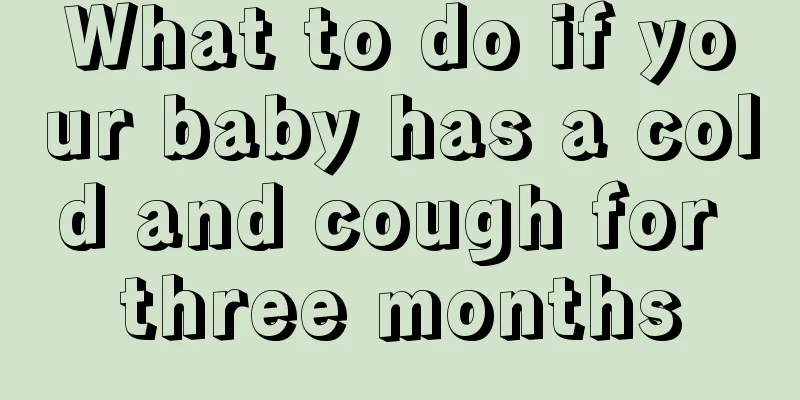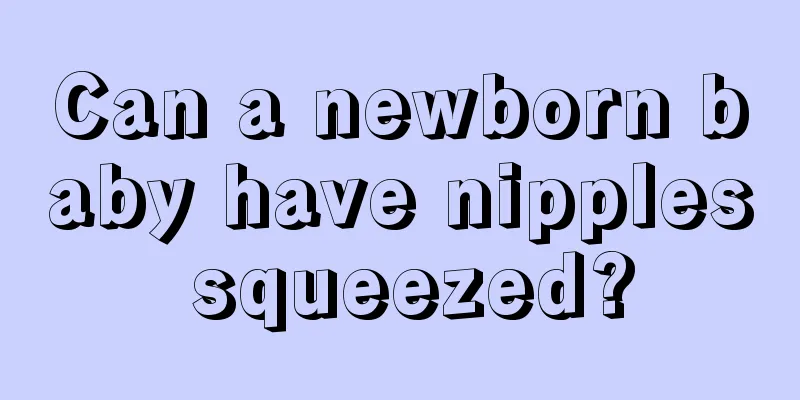What should I do if there is a big gap between my child’s front teeth after his teeth change?
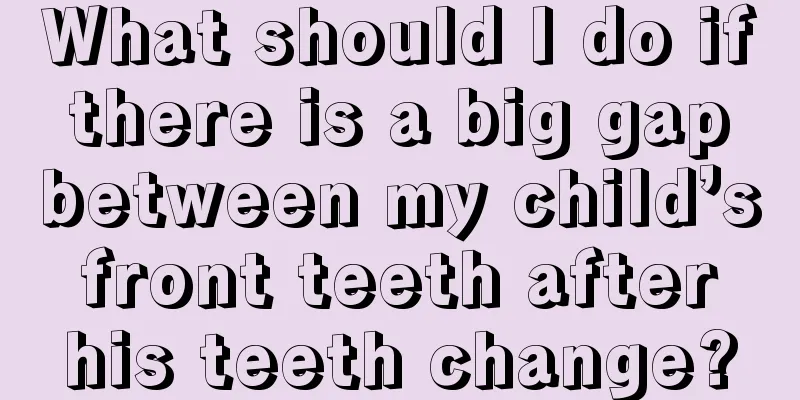
|
Tooth replacement is something that every child needs to go through. After a child's teeth are replaced, the gap between the front teeth becomes larger. In this case, parents should not rush to correct it. The dental condition during this period is very chaotic, and the child's deciduous teeth have not been completely replaced. You can observe first, but this situation will generally go away as the child grows and develops. The teeth will adjust themselves. If it has always been like this, parents should correct the child. What to do if the gap between the front teeth of children is too big During this stage, some parents find that there is a gap between their children's two newly grown upper front teeth, and some are even in the shape of an "eight" shape. They become very worried that their children's front teeth may be damaged, and ask the doctor to perform corrections for their children. In fact, in most cases, no treatment is needed. Since the eruption of permanent teeth has a certain time sequence, the maxillary central incisor (commonly known as the upper front teeth) erupts between the ages of 6 and 9, and the lateral incisor (the tooth next to the front teeth) erupts between the ages of 7 and 11. The middle gap appears in the early stage of the eruption of the upper incisors. Sometimes it is caused by the lateral incisor tooth germ squeezing the upper incisor root during the eruption process. As long as the lateral incisor next to it erupts, the gap will disappear naturally. Some gaps are caused by the permanent incisors leaning towards the labial side when they erupt, which increases the width of the dental arch. However, when the deciduous teeth and permanent teeth alternate, the permanent teeth are generally larger than the deciduous teeth, and the center gap of the incisors can just compensate for the difference. Moreover, when the deciduous molars fall out, the first permanent molars tend to move forward. This trend can gradually close the gap between the incisors. Therefore, the gap between the incisors in children is only temporary and will generally adjust itself during growth and development without the need for correction. Of course, the gap between children's front teeth may also be caused by special reasons such as supernumerary teeth or the upper lip frenulum being too low. After examination and confirmation by the dentist, the problem can be solved by extracting the supernumerary teeth or performing upper lip frenulum repair surgery. If there are still gaps between the baby's front teeth after all the teeth have been replaced, it is necessary to go to a regular medical institution for corrective treatment. There are many possible reasons why children have larger gaps between their front teeth, and the specific reasons should be based on the doctor's examination results. How to take good care of your baby's teeth 1. Control the brushing time It is important to brush your teeth in the morning and evening, but the best time is within 3 minutes after each meal. Because within 3 minutes after a meal, the bacteria in the mouth begin to decompose the acidic substances in food residues, corroding and dissolving the tooth enamel. Brushing your teeth for a longer time or with greater force will not make your teeth cleaner. In fact, this may damage the protective film on the teeth. Brush your teeth for about 2 minutes, using a little force and applying force evenly. Although the plaque will gradually decrease as the brushing time and force increase, more plaque will not be removed if the brushing time exceeds 2 minutes or the force is greater. 2. Love teeth from infancy It is very necessary to protect teeth from infancy and create a good growth environment for teeth. For example, after a baby drinks breast milk, he should rinse his mouth with boiled water, or use gauze dipped in warm water or light salt water to clean the baby's mouth, which can prevent oral inflammation. After the baby's first tooth erupts, the mother can wipe the gums with gauze dipped in water. At the same time, you can use a fingertip toothbrush to brush your baby's teeth. This not only cleans the teeth, but also gently massages the gums. |
<<: Why do new teeth not grow for a year when they are replaced?
>>: When do children lose their teeth?
Recommend
What will happen to a child who grows up with a square head?
If a baby has a square head, it may be caused by ...
What to do if a 10-year-old child has heel pain
Many of our children may often suffer from heel p...
What does it mean to dream about wetting the bed?
Wetting the bed while dreaming may be more common...
How is the vision of a full-month baby?
When a child is just born, parents still need to ...
Treatment of subcutaneous hemorrhage in infants
The reason for subcutaneous bleeding in infants i...
Is it really okay for babies to wear socks to sleep?
After the baby is born, every move of the baby is...
How to correct children's skeletal protrusions
Children's dental problems are often a headac...
There is a red spot on the baby's face
A newborn baby fills the whole family with joy. T...
What should I do if my 5-month-old child has diarrhea?
When the baby is five months old, he can basicall...
What causes birthmarks in babies? Maybe it's genetic
There are many reasons for the formation of birth...
Symptoms of fever in newborns
The physical health of newborns is the most conce...
There is a white spot on the child's face
Because children have poor resistance and low imm...
What to do if a child's front teeth grow crooked
The incisors can be said to be the gateway to the...
How to treat osteomyelitis in children
Osteomyelitis in children needs to attract the sp...
The fastest way to cool down a child
Many adults are very concerned about the health o...
